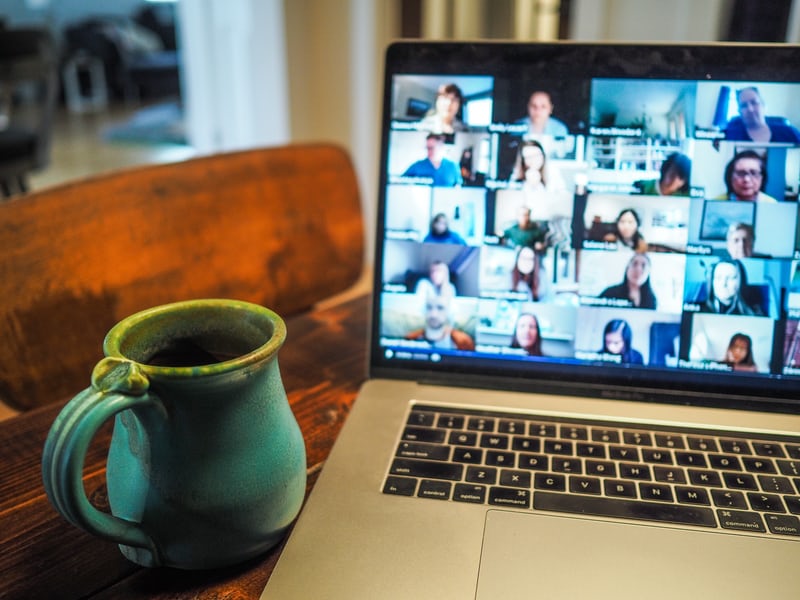Pop Cultured: The Future of Online Art
April 9, 2021
As of April 5, 2021, the United States is administering an average of just over three million COVID-19 vaccines each day. With this influx in the vaccination campaign, many people have begun to speculate about the end of the pandemic. While the increase in vaccinations does not equate to an end to the pandemic, having a fully vaccinated populace is one key step towards approaching a return to so-called “normal life.”
The potentially foreseeable end of the pandemic brings great amounts of hope and joy. After all, the end of the pandemic signifies the end of mass amounts of suffering, sickness and death. The end means that many businesses can return, and key industries can operate fully once again. I, for one, cannot wait until it is safe to see friends and family, and I am excited about the opportunity to engage with the arts in person again. However, I think the pandemic taught us all key lessons, and I don’t think we should quickly jump to behaving as we once did as soon as the pandemic is declared to have ended. Instead, I believe there are elements of life from the pandemic that should remain after COVID-19 is no longer at the forefront of our minds.
As news of the pandemic hit in March 2020, many industries shifted to online formats in order to stay afloat and stay safe in spite of the virus. Notably, several aspects of the arts industry moved to virtual platforms — museums introduced virtual tours, musicians held live-streamed concerts, theatres hosted online performances of plays and film festivals presented new films in a virtual setting. These online events were originally introduced to create a bridge from our formerly in-person art events to tide us over until the global quarantine period had ended. Now, a year into the pandemic, virtual art events remain as relevant and necessary as ever.
Online art events mean that anyone with an electronic device and an internet connection can participate and engage in the arts. Whereas events were previously limited to those who could attend in person at a specific time, virtual events are available to anyone, from anywhere. At times, there may be a fee associated with gaining access to a specific event, but there are also plenty of resources and programs that are available for free. Online art has greatly increased accessibility to the arts, and now, more people than ever before can engage with the same art events from around the globe.
It is hard to replicate the sensation of an in-person experience — and there will be a great value to these events once they are safe again — but we cannot forget how readily and easily many industries were able to shift to online platforms. The increase in accessibility is something that we must remember and carry with us once the pandemic has concluded.
I firmly believe in the value of art in everyday life, and if some events remain online — or have a virtual component available — then more people can continue to engage in and enjoy the arts. I am excited for the eventual safe return of in-person events, but I hope that these events will continue to be accessible to all through the use of virtual platforms.








